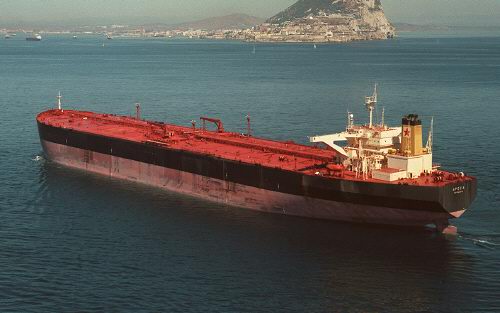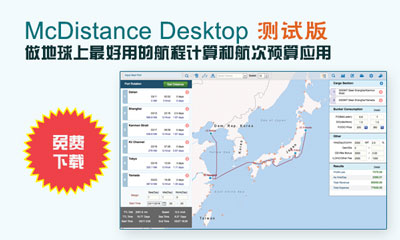Caribbean trade patterns are shifting away from the US., to the benefit of larger tanker owners
日期:2014-01-05 10:06:39
 In yet another game-changing trend, the Carribean crude oil route appears to be exhibiting signs of major shift, once again forcing tanker owners who are active in the region to rethink their chartering strategies. According to a recent report from analysts Poten & Partners, "Caribbean crude oil has historically been a main feedstock for US Gulf Coast refineries. However, the recent surge in US inland crude oil production, combined with the steady imports from the Arabian Gulf, has greatly reduced demand for Caribbean crude oil grades in the US Gulf. The declining trend in imports which amount to the equivalent of one Aframax cargo per day, or approximately 500,000 barrels. In response, Caribbean oil producers have been in strategic pursuit of growing markets in the East", it noted in its report.
In yet another game-changing trend, the Carribean crude oil route appears to be exhibiting signs of major shift, once again forcing tanker owners who are active in the region to rethink their chartering strategies. According to a recent report from analysts Poten & Partners, "Caribbean crude oil has historically been a main feedstock for US Gulf Coast refineries. However, the recent surge in US inland crude oil production, combined with the steady imports from the Arabian Gulf, has greatly reduced demand for Caribbean crude oil grades in the US Gulf. The declining trend in imports which amount to the equivalent of one Aframax cargo per day, or approximately 500,000 barrels. In response, Caribbean oil producers have been in strategic pursuit of growing markets in the East", it noted in its report.According to Poten's report, "the three major oil producing countries in the Caribbean Basin are Mexico, Venezuela, and Columbia. Regional production is projected to have a net gain over the next several years, driven mainly by changes in Mexican supply. With a recent reversal of foreign investment restrictions, Mexican production could be slated to increase by 1 million bpd above current production levels of 2.9 million bpd as seen in the chart below, with much of the production forecast for East Coast loadings. This change marks the end of a 75 year restriction on outside investment. Venezuelan production is forecasted to rise from 2.6 million bpd to 2.76 million bpd by 2016, with potential for further upside according to the EIA. Columbian production is officially targeted at 1 million bpd, but is forecasted to drop to 700,000 bpd. This decline in Columbian production should be easily offset by the gains expected in Mexico and Venezuela and the net gain in production will ultimately support further exports from the Caribbean region".
"US import volumes could continue to fall over the next several years as the EIA forecasts US production to grow to 9.6 million bpd by 2016, up from just over 8 million bpd at the present time. As US Gulf refiners continue to retool processing units to optimize domestic light/sweet crude oil, demand for heavier Caribbean grades should continue to dwindle. Complicating matters for Caribbean exporters, Middle Eastern heavy grades have become more competitive on pricing for US-based buyers", Poten noted.
IMPACT ON AFRAMAXES
As such, "the decline in these Caribbean to US Gulf cargoes could be bearish for Aframax tonnage in the longer term, but should be a net positive for larger tankers carrying cargoes on longer haul voyages. However, Aframaxes will see some ton mile demand support as they are utilized to shuttle oil from ports in the Caribbean to VLCCs via lightering operations in the region", said Poten.
Additionally, "spot market fixtures loading in the Caribbean heading east have seen an increase of 48% from 2010 to 2013 YTD and now average 18-25 VLCC cargoes per month. The majority of these cargoes move on VLCCs in order to take advantage of the generally cheaper per barrel shipping costs, with the remainder moving on Suezmaxes. It is important to note that much of the Caribbean oil moving to India and China has been pre-sold for the next three to five years on a contractual basis establishing a baseline of trade volume for these tanker sectors" mentioned Poten in its report.
Concluding its analysis it said that "the US crude oil revolution is continuing to change many of the longstanding, traditional trading patterns and the shift in Caribbean exports to destinations East of Suez is just one example. The development of this trade is a good sign for large tanker owners, as the longer voyages absorb tonnage for greater periods of time".
Nikos Roussanoglou, Hellenic Shipping News Worldwide



